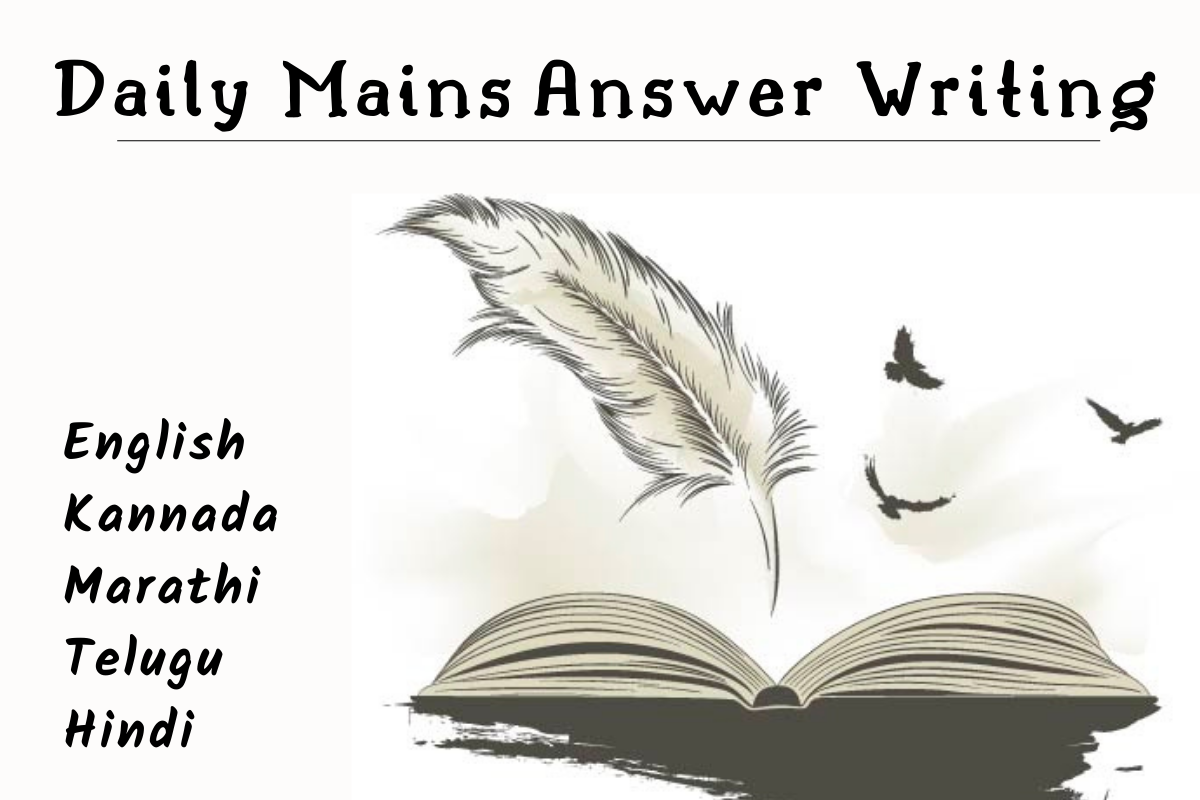23 SEPTEMBER 2022 – MAINS DAILY QUESTIONS & MODEL ANSWERS:
Q1. What is the status of India’s relationship with the Organization of Islamic Cooperation (OIC)?
- Paper & Topic: GS II International Relations
- Model Answer:
- As the country with the second-largest Muslim population in the world, India had been invited to the founding convention in Rabat in 1969, but was humiliatingly evicted at Pakistan’s request.
- India stayed out for a number of reasons, including its reluctance to associate with an organisation that had a religious basis.
- In a grouping, there was a potential that efforts to deepen bilateral ties with certain member states may be put at risk, especially when it came to issues like Kashmir.
- During the 45th session of the Foreign Ministers’ Summit in 2018, Pakistan protested Bangladesh’s request that India, where more than 10% of the world’s Muslims live, be awarded Observer status.
- Following the development of tight connections with significant members like the UAE and Saudi Arabia, India has been assured in its ability to respond to any statement made by the group.
- As India has frequently emphasised, J&K is a “integral part of India and is a subject wholly domestic to India,” and the OIC has no locus standi with respect to the subject.
- India made its debut appearance at the OIC Foreign Ministers’ conference in 2019 as a “guest of honour.”
- This invitation was welcomed as a diplomatic triumph for India, especially in light of the present condition of intensified hostility between India and Pakistan following the Pulwama attack.
- What has the OIC/India controversy been about recently?
- OIC Statement: The OIC has asked the UN Human Rights Council to take “necessary actions” in response to Muslim girl pupils being told not to wear the hijab in Karnataka schools.
- The OIC also urged India to “protect the Muslim community’s way of life while assuring their safety, security, and well-being.”
- India’s Response: India said that it is a democracy and that domestic disagreements are resolved in accordance with the principles, guidelines, and democratic nature of the Constitution.
- In an obvious dig at Pakistan, India has criticised the OIC for being “communal oriented” and “hijacked by entrenched interests.”
Q2. What do you understand by wasting and stunting?
- Paper & Topic: GS II International Relations
- Model Answer:
- What Stunting Is:
- Stunting is the term used to describe low height for age. It is the result of ongoing or repeated undernutrition, which is commonly associated with poverty, poor maternal health and nutrition, ongoing illness, and/or inappropriate infant feeding and care.
- Kids who perform stunts do not reach their full physical and intellectual potential.
- Wasting:
- Wasting is a low weight-to-height ratio. Although it may endure for a very long time, it often denotes a rapid loss of weight.
- When a person hasn’t eaten enough food—both in quantity and quality—or when they’ve been ill regularly or for a long period, it typically occurs.
- Children who experience wasting run a higher risk of dying if ignored.
- Malnutrition:
- Inadequate or excessive nutritional intake, an imbalanced intake of essential nutrients, or poor nutrient utilisation are characteristics of malnutrition. The double burden of malnutrition includes noncommunicable diseases linked to diet-related noncommunicable diseases as well as undernutrition, overweight, and obesity.
- Stunting, wasting, being underweight, and micronutrient deficiencies are the four most common symptoms of undernutrition.

